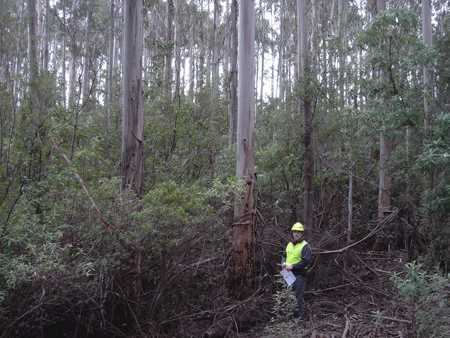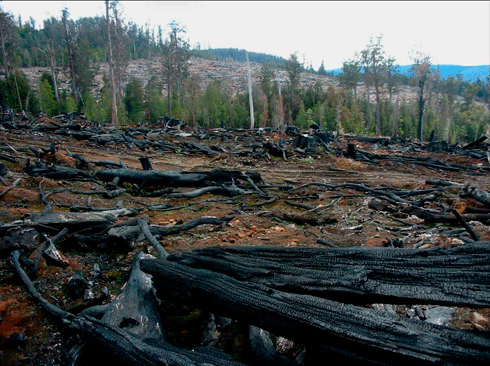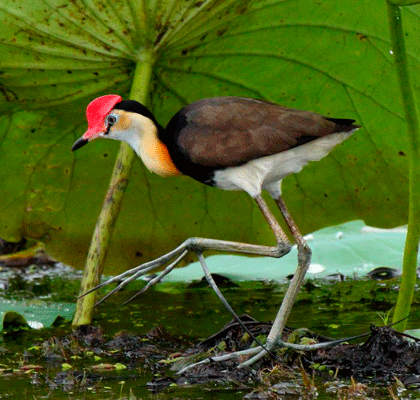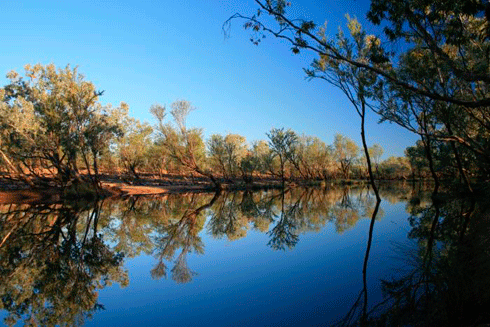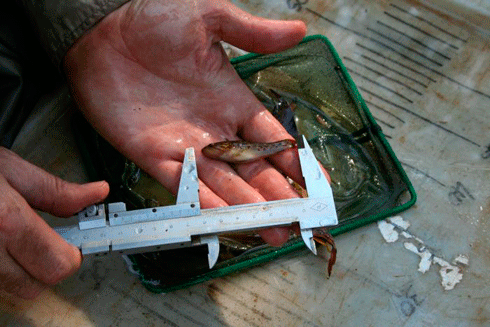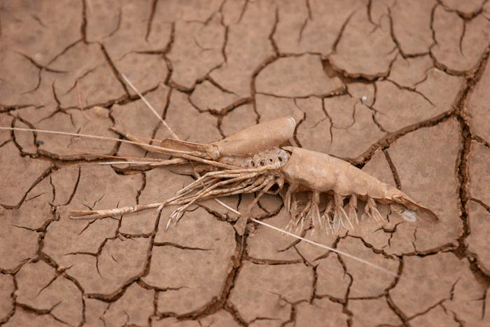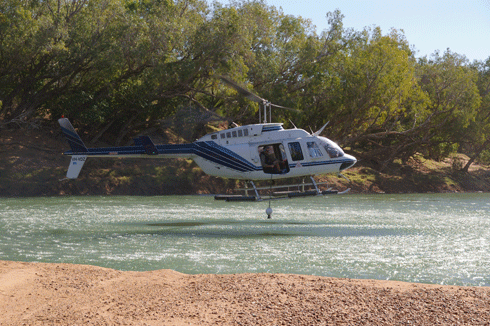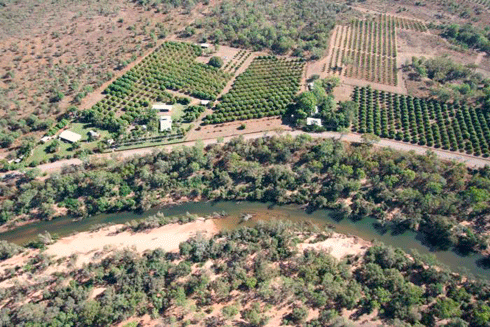
|
Published: 30 January 2012
Native forest management and greenhouse gas emissions – how much do we really know?
Harvesting of native forests needs to be included in the carbon accounting process in Australia. But, do we know enough about the greenhouse gas and carbon cycling implications of this kind of forestry?
Large areas of diverse native forest are either harvested or subjected to disturbances such as fire each year throughout Australia. To understand and incorporate native forestry activities into Australia’s greenhouse gas (GHG) accounting process, we need to understand how these disturbances affect carbon cycling and GHG emissions.
The modelling system currently used to calculate emissions and sequestrations from Australian forestry operations – FullCAM – is underpinned by a great deal of research. However, certain aspects of forestry operations, including harvesting within native forests, are yet to be fully incorporated into this system. Recently, researchers from Queensland Department of Environment and Resource Management and CSIRO reviewed current knowledge of changes to GHG emissions and carbon cycling following harvesting in Australian native forests, and identified areas requiring further research. ‘Off site’ GHG emissions from harvested products (e.g. when wood waste is sent to landfill) were not considered in the review.
Harvesting or other disturbances in native forests changes plant growth rates, respiration by soil microorganisms, carbon storage in soil and biomass, and ‘fluxes’ of the GHGs nitrous oxide (N2O) and methane (CH4). Gas flux describes the flow of gas from one place in the atmosphere to another and is usually measured as a rate of flow across a given area where the gas is produced. Following harvest, the net carbon dioxide (CO2) flux from forest systems increases, due to decreasing photosynthesis and a rise in decomposition of plant material left behind after logging. This generally turns the forest from a carbon sink into a carbon source, until plant biomass regrows and balances carbon emissions.
Soil moisture often rises following harvest, as the actively growing vegetation is no longer present to use available moisture, and temperatures can also increase when the soil is exposed to the air. In moist soil, less oxygen diffuses into the soil, and anaerobic (low-oxygen) soil conditions can develop. These conditions favour the growth of microorganisms that generate by-products such as N2O and CH4.
Increases in N2O flux are commonly observed during the first few years following harvest if supplies of inorganic nitrogen and soil moisture conditions coincide. More CH4 may be produced, or less may be used up, if the rise in soil moisture following harvest limits the amount of CH4 that diffuses from the atmosphere into the soil. This reduces CH4 uptake by methane-consuming bacteria, and can also promote anaerobic conditions, which favour soil microorganisms that produce CH4.
Over the long term, the amount of carbon stored in plant biomass and soil may also decrease in harvested forests, because it may take up to several hundred years to fully replenish the carbon removed in the harvested product. If forests are harvested on a rotation more frequent than the time it takes to recover this lost carbon, the forest will become a regrowth forest of lower carbon density. In addition, if harvest practices reduce site productivity – e.g. due to nutrient removal during burning activities or via soil erosion – they may reduce overall site quality, net primary productivity and overall carbon storage potential.
While the general processes affecting GHG emissions and carbon storage in harvested forests are reasonably well understood, the magnitude and time course of these changes are poorly quantified worldwide. From the changes observed in forest biomass production and in N2O and CH4 fluxes, it is understood that GHG fluxes from forests typically increase following harvest and then gradually slow as primary production increases and N2O and CH4 fluxes return to background levels. International studies that have quantified these changes also show that the largest changes tend to occur to CO2 flux and that this gas will dominate GHG budgets.
In an Australian context, however, the accurate quantification of changes to GHG budgets is limited by the small amount of local research. Knowledge of primary production rates following harvest for the diverse range of species and management practices in Australian native forest environments is poor. Respiration by soil microorganisms – a key process in the changing CO2 fluxes of post-harvest forest soil – has also been little studied within the Australian environment. Therefore, the impact of harvesting on total respiration over full harvest cycles is largely unquantified. In addition, CH4 and N2O fluxes have been poorly quantified following harvesting in Australian forests.
Further research effort is needed if Australia is to accurately incorporate the harvesting of native forests into its GHG accounting processes. In particular, variations in GHG flux and forest growth over the range of forest types harvested in Australia are poorly understood and need to be more intensively examined. Harvesting and management of Australian native forests is increasingly undertaken by the private sector, where silvicultural systems are likely to differ and forest management may be carried out in conjunction with grazing and other farming activities. This also needs to be considered, and its effect on GHG production quantified.
Dr Kathryn Page is a soil scientist with the Queensland Department of Environment and Resources Management (DERM). Dr Ram Dalal is Senior Principal Research Scientist with DERM. Dr John Raison is Chief Research Scientist with CSIRO's Ecosystem Sciences.
More information


